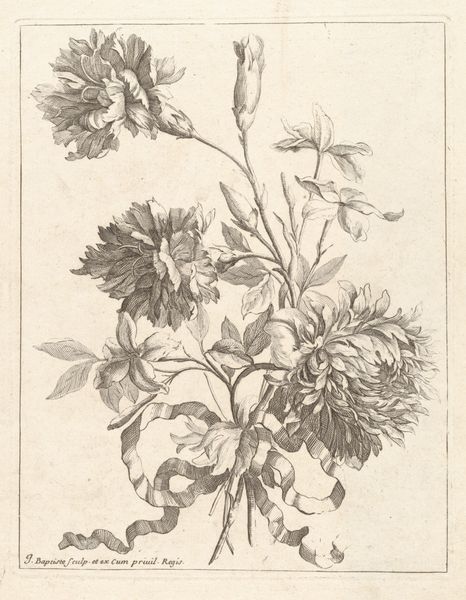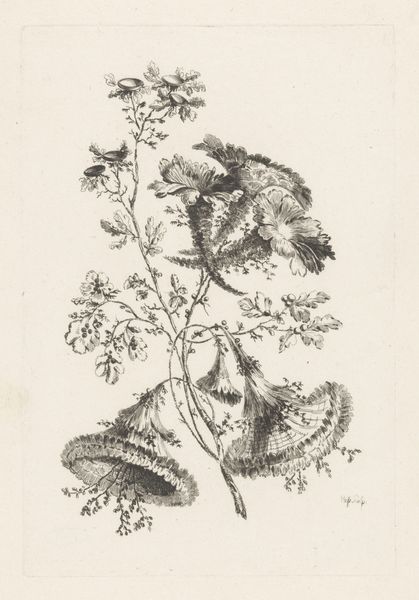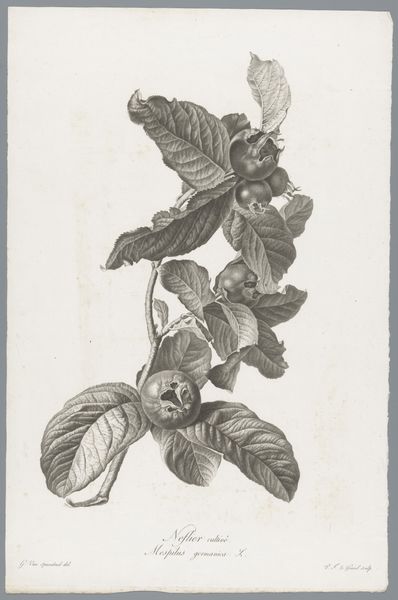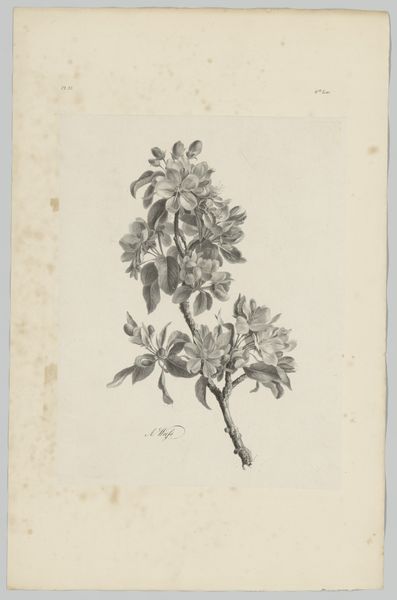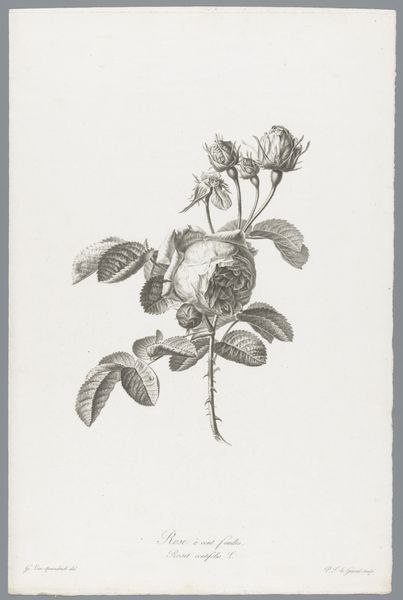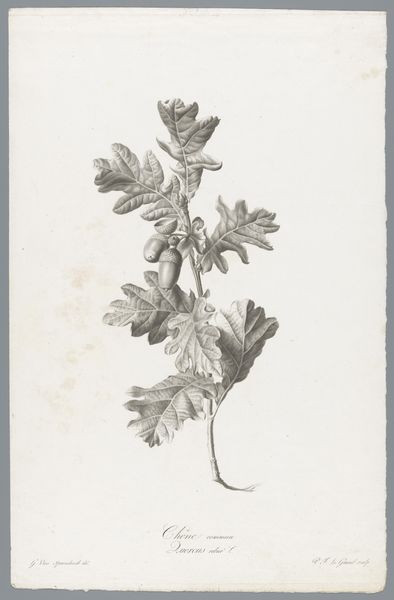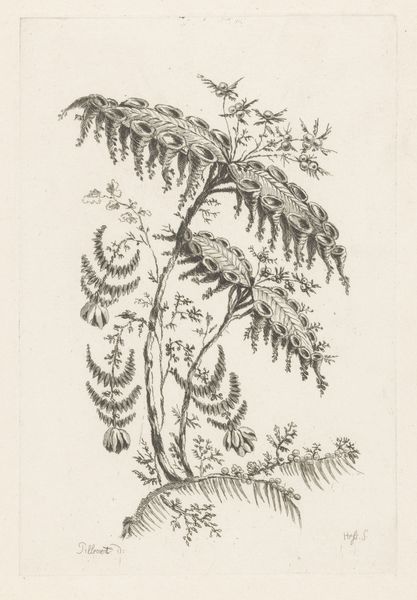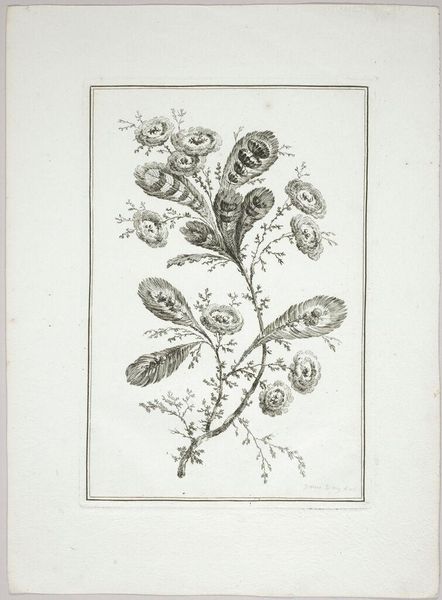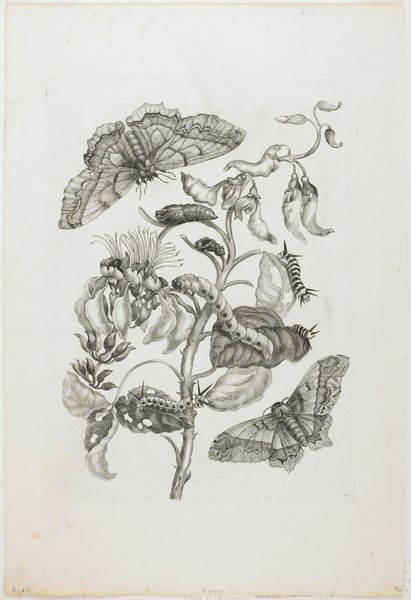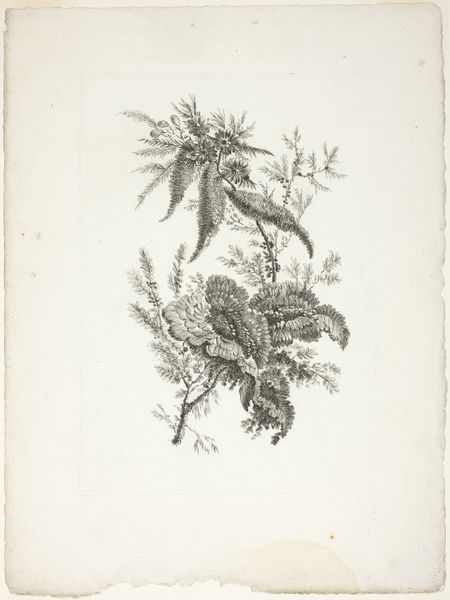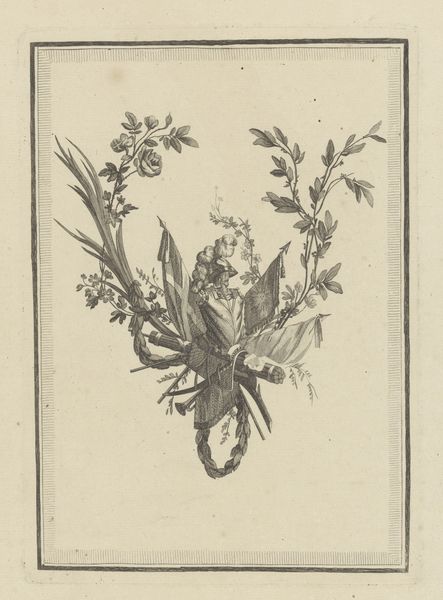
Copy of Botanical Engraving of "Celtis" 1840 - 1845
0:00
0:00
print, paper, photography
#
light pencil work
#
16_19th-century
# print
#
pen sketch
#
old engraving style
#
paper
#
photography
#
linocut print
#
ink drawing experimentation
#
england
#
pen-ink sketch
#
pen work
#
sketchbook drawing
#
watercolour illustration
#
sketchbook art
Dimensions: 21.5 × 16 cm (image); 23.2 × 18.7 cm (paper)
Copyright: Public Domain
This is William Henry Fox Talbot’s "Copy of Botanical Engraving of 'Celtis,'" an early photographic print on paper. Talbot invented the calotype process, a way of making a negative and then using it to produce multiple positive prints. The process is really the point here. Before photography, botanical illustration required skilled labor, with etchers painstakingly recreating details from nature. Here, the hand is largely removed; the image impresses itself, chemically. The result has a directness that earlier reproductive technologies lacked. But don't forget, this is a "copy" of an engraving. Talbot wasn’t quite ready to replace skilled labor altogether. Instead, he used his new process to reproduce an image already made by hand. It’s an interesting early moment of transition, where the value of mechanical reproduction is being tested.
Comments
No comments
Be the first to comment and join the conversation on the ultimate creative platform.
